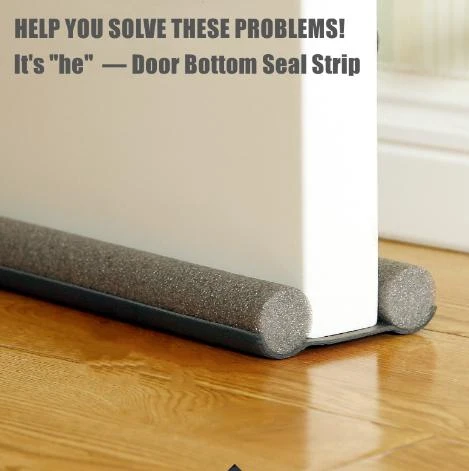silicone weatherstrip tape
Understanding Silicone Weatherstrip Tape A Comprehensive Guide
When it comes to home improvement and maintenance, one often-overlooked component is weatherproofing. Among the various options available, silicone weatherstrip tape has gained popularity due to its versatility and effectiveness. This article will explore what silicone weatherstrip tape is, its applications, benefits, and tips for proper usage.
What is Silicone Weatherstrip Tape?
Silicone weatherstrip tape is a type of adhesive tape designed specifically to seal gaps and cracks around doors and windows, preventing drafts and moisture from entering your home. Made from high-quality silicone material, this tape is resistant to extreme temperatures, UV rays, and various weather conditions, which makes it an excellent choice for both indoor and outdoor applications. The tape typically comes in various widths and thicknesses, allowing homeowners to select the right one for their specific needs.
Applications of Silicone Weatherstrip Tape
1. Doors and Windows The primary use of silicone weatherstrip tape is to seal the edges of doors and windows. This prevents air leaks, reduces heating and cooling costs, and improves overall energy efficiency. 2. Garage Doors Silicone tape can be used to seal gaps in garage doors, keeping out dust, rain, and pests.
3. Automobiles Many car enthusiasts use silicone weatherstrip tape to repair or enhance the seals on their vehicles, preventing leaks and reducing interior noise.
4. HVAC Systems The tape can also be used to seal ductwork, enhancing the efficiency of heating and air conditioning systems.
Benefits of Using Silicone Weatherstrip Tape
1. Durability One of the most significant advantages of silicone weatherstrip tape is its longevity. Designed to withstand various weather conditions, it does not degrade quickly, providing long-term protection.
silicone weatherstrip tape

2. Easy Application Silicone tape is user-friendly and easy to apply. Simply clean the surface, measure the required length, and press it into place. This makes it an ideal solution for DIY enthusiasts.
3. Flexibility Silicone tape is flexible and can conform to uneven surfaces, ensuring a tight seal regardless of the shape or size of the gap.
4. Temperature Resistance Silicone can endure extreme temperatures, both hot and cold, making it suitable for various climates.
5. Non-Blocking Unlike traditional weatherstripping materials, silicone tape does not block the operation of doors or windows, ensuring that they can function smoothly.
Tips for Effective Usage
1. Surface Preparation Ensure that the surfaces where you will apply the silicone tape are clean, dry, and free of dust or grease. Proper surface preparation is crucial for optimal adhesion.
2. Choose the Right Thickness Depending on the size of the gap you need to seal, select an appropriate thickness of silicone tape. Too thick might be cumbersome, while too thin may not seal effectively.
3. Measure Carefully Measure the area where you intend to apply the tape. Cut the tape to the necessary length before application to avoid wastage.
4. Temperature Considerations Apply the tape when temperatures are within the recommended range for adhesion, typically between 50°F and 100°F (10°C to 38°C).
In conclusion, silicone weatherstrip tape is an invaluable tool for any homeowner looking to improve their home’s energy efficiency and comfort. With its durability, ease of use, and adaptability to various applications, it stands out as a go-to solution for sealing gaps and preventing drafts. Incorporating this simple yet effective product can lead to significant improvements in both your living environment and energy costs.
-
Under Door Draught Stopper: Essential ProtectionNewsJul.31,2025
-
Garage Door Seal and Weatherstrips for ProtectionNewsJul.31,2025
-
Edge Banding Tape for Perfect EdgesNewsJul.31,2025
-
Table Corner Guards and Wall Corner ProtectorsNewsJul.31,2025
-
Stair Nose Edging Trim and Tile Stair SolutionsNewsJul.31,2025
-
Truck Bed Rubber Mats for Pickup BedsNewsJul.31,2025
-
Window Weather Stripping for Noise ReductionNewsJul.29,2025